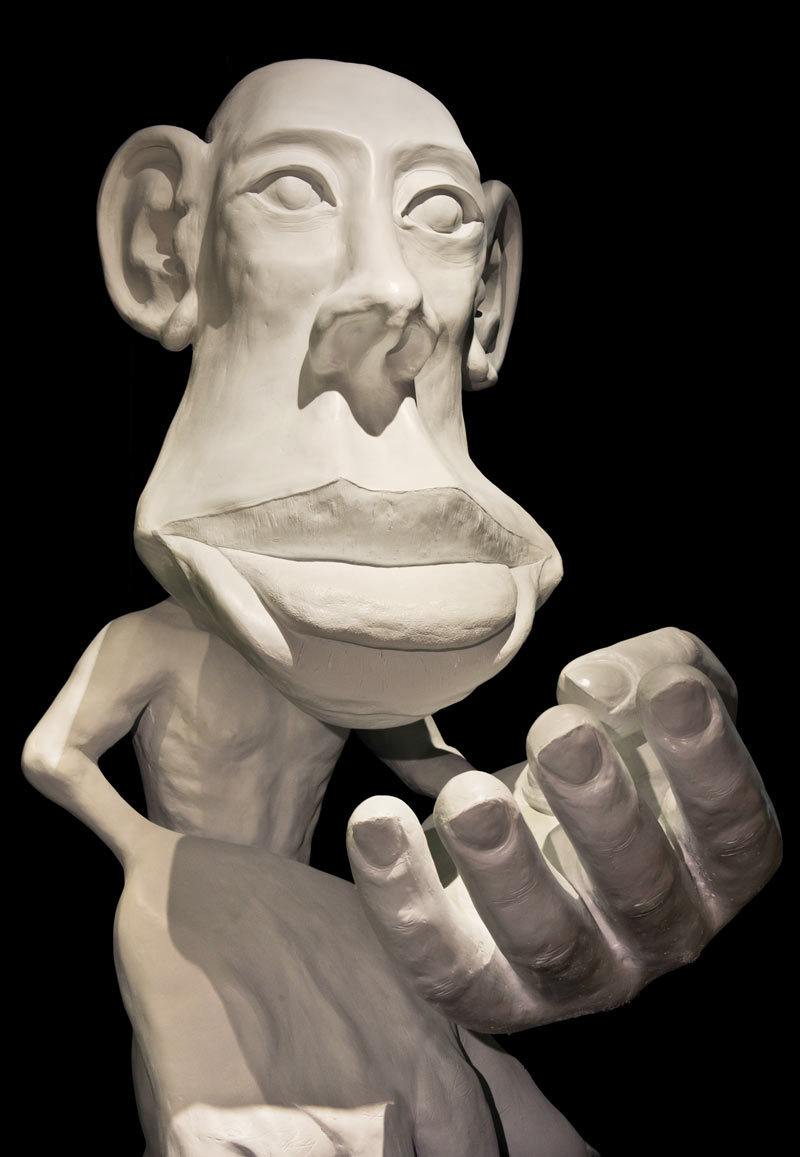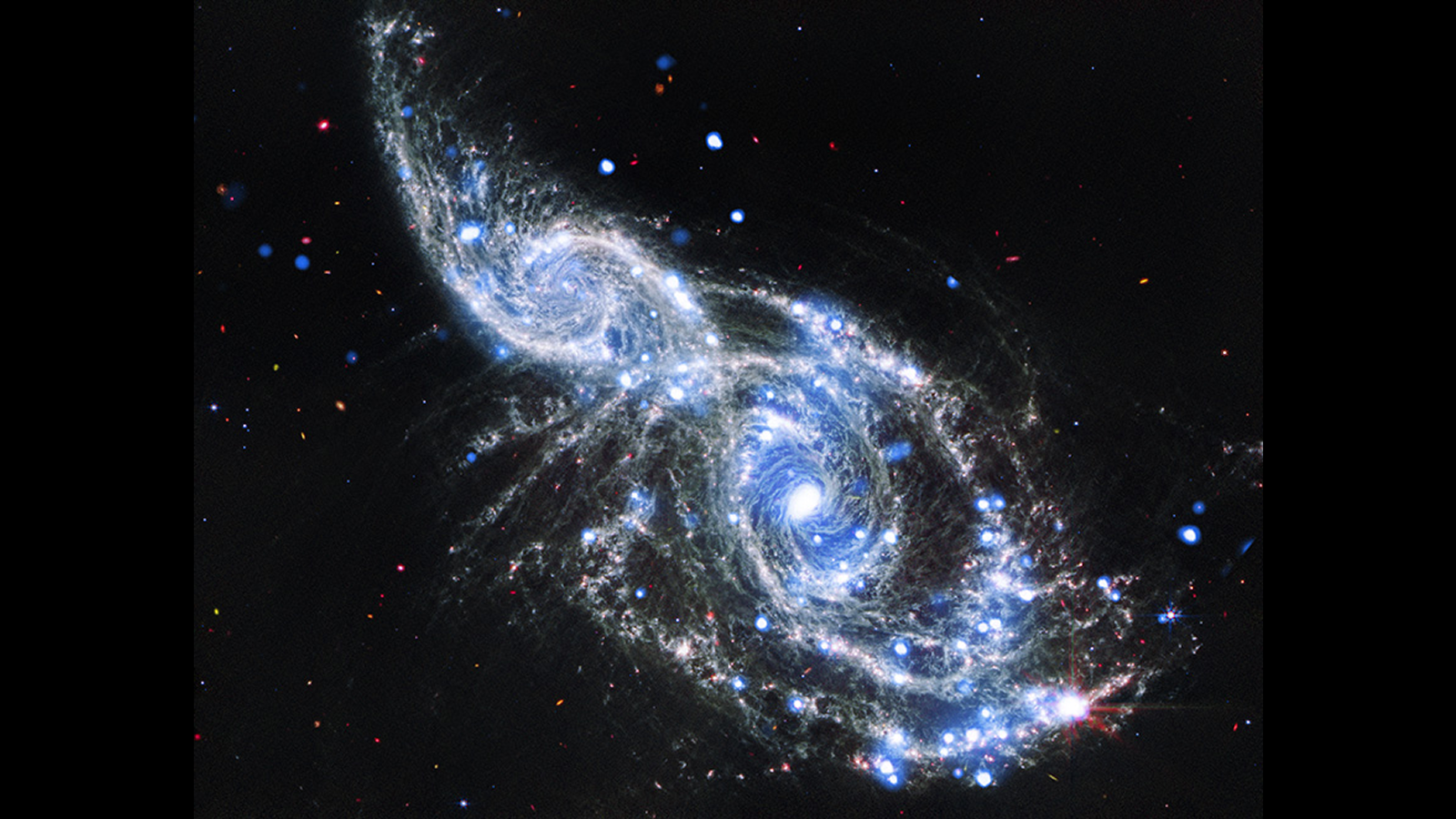'Little Human' Reveals Body's Most Touch-Sensitive Areas

This Research in Action article was provided to LiveScience in partnership with the National Science Foundation.
This dramatic 6-foot-tall model of a human figure, a type of homunculus (Latin for "little human"), is proportioned to highlight the amount of "real estate" in the brain devoted to touch signals from different parts of the body. As this figure shows, touch centers for the hands and mouth are especially large. The figure is part of a new exhibition called "Brain: The Inside Story," now on view at the American Museum of Natural History in New York.
The human brain—the result of millions of years of evolutionary history—uses molecular, chemical, and electrical signals to interpret information, weigh decisions, and learn at every stage of life. Drawing on 21st-century research and technology, the AMNH exhibition offers visitors a new perspective and keen insight into their own brains through imaginative art, vivid brain-scan imaging, and dynamic interactive exhibits for all ages.
The exhibition brings visitors up to date on the latest in neuroscience, highlighting the brain's surprising ability to rewire itself in response to experience, disability, or trauma, and showcases new technologies that researchers use to study the brain and treat conditions such as Alzheimer's and Parkinson's.
Learn more about the exhibition, including video previews and profiles of the curators, here.
Any opinions, findings, and conclusions or recommendations expressed in this material are those of the author and do not necessarily reflect the views of the National Science Foundation. See the Research in Action archive.
Get the world’s most fascinating discoveries delivered straight to your inbox.



